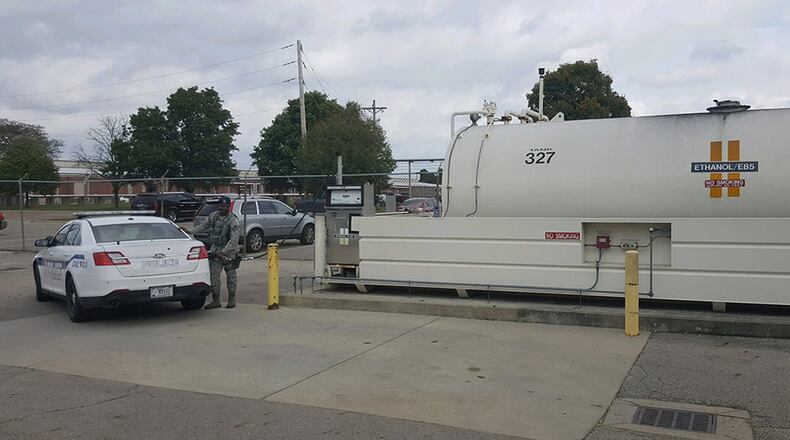Executive Order 13834, Efficient Federal Operations, was signed on May 17. The EO continued previous policies, dating back to 2008, related to energy and environmental performance. Targets were established for reduction in use of fossil fuels, 2 percent per year through fiscal 2020 and increase in alternative fuels, 10 percent per year through fiscal 2020.
Since the fiscal 2018 baseline, Wright-Patterson has exceeded both goals. Through fiscal 2017, fossil fuel use has been reduced 47 percent while alternative fuel use has increased 148 percent.
Meeting these goals takes the effort of every person on the installation who consumes fuel. With that in mind, there are several common tips to help the installation reduce its energy footprint. You can also incorporate these into your personal life to lower your consumption and save money.
* Plan your trip. Keep lists of needs that will require a trip and try to accomplish multiple objectives with each. This will help you drive less and save fuel.
* Carpool. If reasonable, set up a carpool system with neighbors or co-workers.
* Park in a cool place. Heat causes fuel to evaporate. Parking in a shady spot has the added benefit of keeping the car cooler, lessening the necessity of air conditioning.
* Lighten your load. Weight is one of the biggest causes for loss of a car’s kinetic energy. Get the lightest car that will serve your needs. Take the extra weight from your car. An extra weight of 100 pounds increases fuel consumption by 1 to 2 percent.
* Slow down. The faster you drive, the harder the engine has to work to push through the wind. Speeding can reduce fuel efficiency by up to 33 percent.
* Use cruise control. Using cruise control reduces fuel consumption by maintaining the constant a speed.
* Accelerate slowly. Try not to accelerate or de-accelerate too quickly. This is often linked to poor gear shifting where you are either shifting the gears too often or not enough, it overworks the engine, and in turn, wastes fuel.
* Avoid braking whenever possible. Brakes waste energy of the fuel (which is already burnt) and accelerating after braking consumes more fuel than driving at a constant speed.
* Set your tires to proper inflation. You can improve fuel efficiency up to 3 percent by maintaining the proper inflation of tires. It is recommended to check the tire pressure at least monthly or more preferably, weekly.
Keep these tips in mind year-round, not just during EAM. From a mission standpoint, reducing fuel consumption means further projecting power and conserving scarce funds. From a personal standpoint, it means preserving natural resources and saving hard-earned dollars.
Benefitting the individual and assuring the mission are both great reasons to reduce the amount of fuel used.
About the Author
